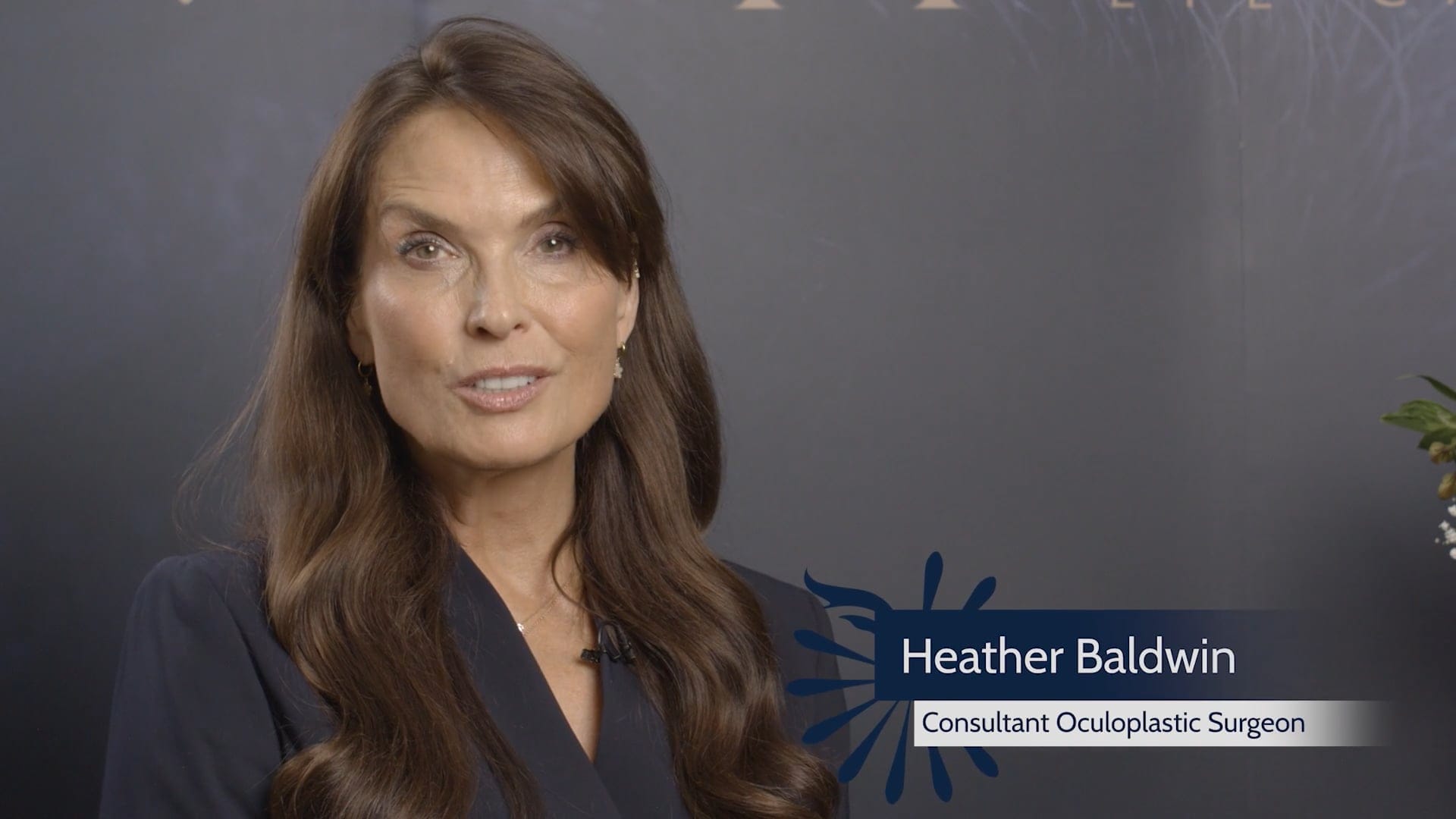Entropion
Specialist Care for Entropion Treatment and Restoring Comfort
Entropion is an inward turning of the eyelid, which causes the eyelashes to rub against the eye. This can lead to persistent discomfort, excessive watering, redness, and even long-term damage to the cornea. The condition most commonly affects the lower eyelid and is particularly frequent among older adults.
Although mild symptoms can sometimes be managed, surgery is usually required to correct the eyelid’s position and prevent any further complications.
Protect your eyesight, arrange an Entropion assessment today.

Entropion becomes more common with age.
Entropion is primarily age-related, accompanied by the weakening of small muscles around the eye. Less commonly, this condition can also be caused by scarring, trauma, or other conditions that can affect the eyelid’s structural support.
In some cases, the position of the eyelid may worsen over time, leading to some more serious issues, including infection or ulcers developing on the cornea (corneal ulcer).
In the majority of cases where entropion is age-related, surgery is very effective in correcting the issue. Our oculoplastic surgeons perform a detailed assessment to identify the cause of the entropion and recommend the most appropriate treatment to restore the eyelid’s natural alignment.

Frequently asked questions
What is Entropion?
Entropion is a medical condition in which the eyelid (usually the lower lid) folds inward. It is usually uncomfortable, as the eyelashes continuously rub against the cornea causing irritation.
What are the benefits of surgery?
- correction of abnormal position of eyelid
- improved cosmetic appearance
improved symptoms of excessive tearing, crusting of the eyelid, discharge and eye discomfort - reduced chances of sight-threatening corneal infection
What are the alternatives?
If you choose not to have this surgery, the eyelid position and symptoms are unlikely to improve spontaneously. In some cases there is a possibility of damage to the cornea from exposure or from eyelashes that may result in sight-threatening corneal infections or scarring.

